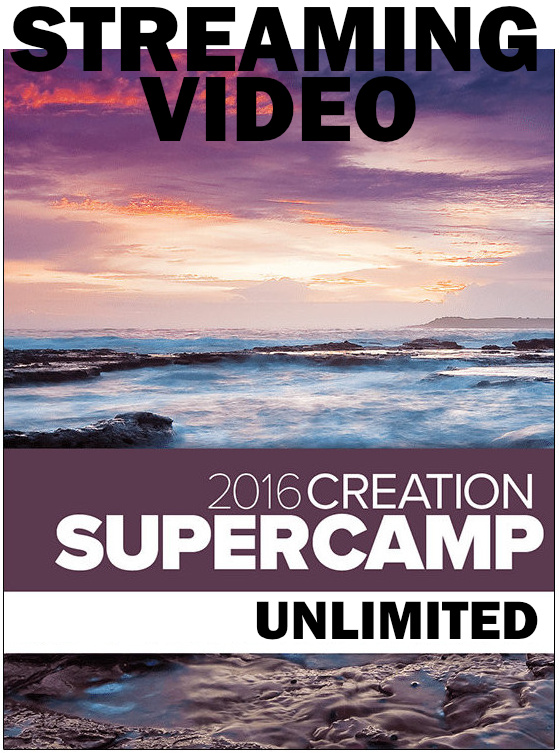Journal of Creation 38(1):10–11, April 2024
Browse our latest digital issue Subscribe
The mysterious rings around a trans-Neptunian dwarf planet
Stargazers have always found the rings of Saturn intriguing. They have gone from wondering what they are made of to today’s wondering about their age. Just recently, some scientists calculated that the rings may be relatively young, from less than 100 Ma to about 400 Ma within the uniformitarian timescale.1,2,3 This result was based on the estimated incoming mass flux of micrometeoroids divided into the estimated number of pollutants in the rings, with the assumption that the rings began as water ice.
Other solar system rings
Scientists have discovered that the other gas giants, Jupiter, Uranus, and Neptune, are also surrounded by rings. Narrow rings surround some non-planetary bodies in the outer solar system, including the centaur Chariklo, about 250 km in diameter, and the dwarf planet Haumea, 1,400 km in diameter, which orbits the sun beyond Neptune. Centaurs are icy planetesimals orbiting between Jupiter and Neptune. All of these rings are close or within the Roche limit, the distance from a celestial body within which the tidal force will tear apart a smaller celestial body (figure 1). In this case, the tidal force is greater than the force of gravity of the smaller body. The particles will then begin to rotate around the body, forming a ring. The Roche limit is about 2.5 times the radius of the larger celestial object.
The strange rings around Quaoar
In 2021, a ring was detected around a trans-Neptunian dwarf planet, named ‘Quaoar’, far outside its Roche limit (figure 2).4,5 Quaoar has a diameter of about 1,110 km, about half that of Pluto. The first ring discovered is located 4,057 km from Quaoar’s centre, approximately 3 times the distance of the Roche limit, estimated to be 1,780 km from Quaoar’s centre. A second ring was discovered in 2022 that is 2,520 km from Quaoar’s centre, still outside the Roche limit.6 It has a small moon, Weywot, that is 80 km in diameter and orbits 12 times the diameter of Quaoar. The rings are too narrow to be directly seen, but were inferred from numerous telescopic observations in which the ring material slightly obscured the light of stars that passed near Quaoar. Moreover, different observations varied in the shape and intensity of the ring material, suggesting the ring’s opacity changes along its length, as with the rings of Saturn and Neptune. Quaoar’s rings present a challenge to uniformitarian speculation on ring formation:
“However, the position of Quaoar’s rings is very different from that of any comparably opaque rings, and therefore poses a challenge to standard models of planetary rings.”7
The opacity of the rings suggests that they are relatively dense and that their particles should often collide with one another. These collisions are believed to result in particles breaking up, bouncing off each other, or sticking together. The latter supposedly will occur at lower speeds of collision. Since the collisions dissipate energy, the velocity of the particles should slow down with time. Then the particles will aggregate into larger objects such as moons.
The uniformitarian conundrum
When considering billions of years of uniformitarian time, the question is: why hasn’t the ring coalesced into a moon? There are many possibilities. One is that the debris was caused by an impact with another object. This is considered unlikely because it is believed that only a few decades are needed for the debris to reassemble into a moon, but this deduction may rely on hypotheses on how small particles would stick together. Other possibilities are:
- the particles are more elastic and bounce off each other;
- the particles are moving too fast to coagulate;
- external gravitational forces somehow break apart any aggregated particles;
- the hypothesis that particles will quickly aggregate into larger bodies may be flawed;
- there is some kind of resonance between Quaoar and/or Weymot that keeps particles from coagulating (figure 2).
Morgado et al. even suggest “the need for revisiting the Roche limit notion”,8 which is a strange proposal, since the Roche limit seems to be well supported physically.
How might creation scientists respond?
Creation scientists have several options for explaining Quaoar’s strange rings. They could have been recently created, and the uniformitarian hypothesis of the quick coagulation of the particles is flawed. Another option is that an asteroid smashed into one or two moons, and there has not been enough time for the particles to re-aggregate. It is interesting how many uniformitarian solar system conundrums there are, and that many of them can be solved by applying a recent creation.9,10,11
References and notes
- Kempf, S., Altobelli, N., Schmidt, J., Cuzzi, J.N., Estrada, P.R., and Stama, R., Micrometeoroid infall into Saturn’s rings constrains their age to no more than a few hundred million years, Science Advances 9(eadf8537):1–6, 2023. Return to text.
- Ogasa, N., Saturn’s rings may be relatively young, Science News 203(11):14, 2023. Return to text.
- Spencer, W., Saturn’s changing rings, J. Creation 37(3):6–8, 2023. Return to text.
- Morgado, B.E. et al., A dense ring of the trans-Neptunian object Quaoar outside its Roche limit, Nature 614:239–243, 2023. Return to text.
- Hedman, M.M., A planetary ring in a surprising place, Nature 614:232–233, 2023. Return to text.
- Pereira, C.L. et al., The two rings of (50000) Quaoar, Astronomy & Astrophysics 673(L4):1–14, 2023. Return to text.
- Hedman, ref. 5, p. 232. Return to text.
- Morgado et al., ref. 4, p. 241. Return to text.
- Psarris, S., What you aren’t being told about astronomy, vol. I—Our Created Solar System, creationastronomy.com, 2009. Return to text.
- Psarris, S., What You Aren’t Being Told About Astronomy, vol. II—Our Created Stars and Galaxies, creationastronomy.com, 2012. Return to text.
- Psarris, S., What You Aren’t Being Told About Astronomy, vol. III—Our Created Universe, creationastronomy.com, 2016. Return to text.








Readers’ comments
Comments are automatically closed 14 days after publication.